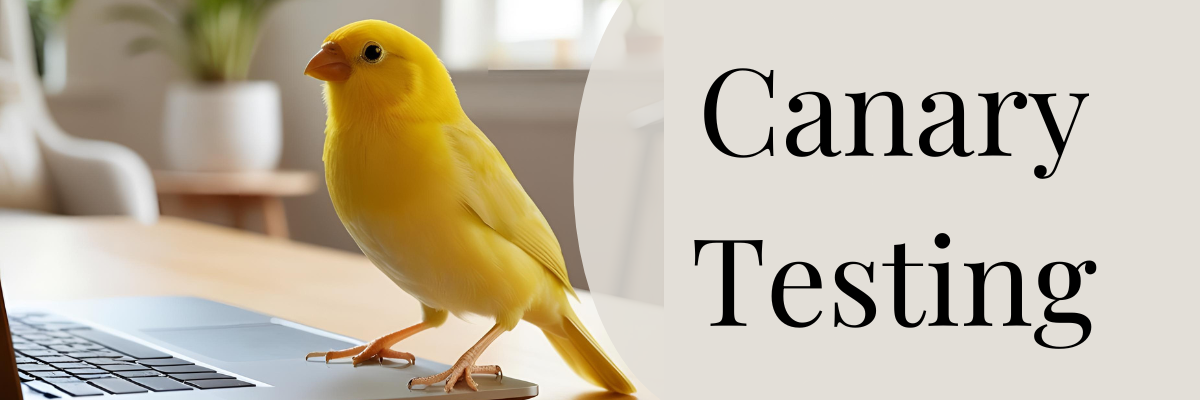Across industries and team dynamics, one leadership trait is quietly transforming teams, elevating project outcomes, and boosting morale: empathy. While certifications, tools, and methodologies are essential, the ability to genuinely understand and connect with your team is what separates a good project manager from a great one.
Welcome to the age of empathetic leadership – a hidden superpower that modern project managers can’t afford to ignore.
What Is Empathetic Leadership?
Empathetic leadership is the practice of understanding your team’s feelings, perspectives, and challenges—and using that understanding to make better decisions, build trust, and create a more human-centered work environment.
It doesn’t mean being soft or avoiding accountability. Instead, it means leading with emotional intelligence, compassion, and situational awareness.
Why Empathy Matters More Than Ever in Project Management
Project managers juggle competing deadlines, shifting scopes, and multiple personalities. Adding empathy into that mix can:
- Improve team morale and engagement
- Boost communication and collaboration
- Reduce turnover and burnout
- Enhance stakeholder relationships
In hybrid and remote environments, where misunderstandings are easier and connection is harder, empathetic leadership helps fill the gaps.
Signs You’re an Empathetic Project Manager
You might already be leading with empathy if you:
- Actively listen without interrupting
- Ask how team members are feeling, not just what they’re doing
- Adjust timelines or expectations based on team capacity
- Celebrate wins and acknowledge personal growth
- Address conflict directly but compassionately
If not, the good news is that empathy is a skill you can build.
How to Practice Empathetic Leadership as a PM
Here are practical ways to develop and apply empathy in your day-to-day project management:
1. Start One-on-Ones with Personal Check-ins
Instead of diving straight into status updates, begin your one-on-one meetings by asking how your team member is doing—both professionally and personally. Even a simple “How are things going this week?” can open the door to meaningful conversations. These check-ins show that you care about the person behind the role and not just the output they produce.
2. Read Between the Lines in Status Updates
Pay attention to tone, delays, or sudden changes in performance. If someone who’s typically responsive starts going silent or missing deadlines, consider it a signal—not just a task issue, but potentially a personal one. A quick follow-up message or a private chat to ask how they’re doing can make all the difference.
3. Adapt Your Communication Style
Every team member has different communication preferences. Some thrive on face-to-face Zoom calls; others prefer asynchronous updates. Being flexible in how you communicate demonstrates respect and helps you connect more effectively. Empathetic PMs adjust their style based on the recipient, not just what’s easiest for them.
4. Be Transparent About Your Own Challenges
Empathy isn’t one-way. When you share your own hurdles or admit you’re having a tough day, you humanize your role and create psychological safety. This vulnerability signals to the team that it’s okay to be honest about challenges, which encourages open dialogue and reduces hidden stressors.
5. Incorporate Well-being Into Project Planning
Empathetic leadership means acknowledging that your team is made up of humans, not robots. Avoid packing schedules so tightly that there’s no room to breathe. Build buffer time into sprints and delivery timelines. Normalize taking mental health days and model work-life balance in your own behavior.
The ROI of Leading with Empathy
According to multiple workplace studies, leaders who demonstrate high emotional intelligence lead higher-performing teams. A study by Catalyst found that 76% of people with empathetic leaders reported they were more engaged at work, and 61% said they were more innovative. Deloitte research shows that organizations with inclusive, empathetic cultures outperform their competitors by 80% in team-based assessments.
Additionally, Gallup reports that managers who create high-trust, high-empathy environments see up to a 21% increase in productivity and a 22% increase in profitability. Empathy reduces turnover, improves morale, and builds team resilience—especially in high-pressure projects.
Companies that prioritize empathy also see:
- Improved employee retention
- Better client satisfaction
- Greater project predictability and fewer breakdowns
When people feel seen, heard, and valued, they do their best work.
Final Thoughts: Make Empathy Your Leadership Edge
Empathy isn’t just a “nice-to-have.” It’s a competitive advantage.
As a project manager, your ability to hit deadlines matters. But your ability to motivate, support, and connect with people will determine whether your team simply delivers — or thrives.
Empathetic leadership is the bridge between efficiency and humanity. Build it, walk it, and watch your projects soar.
Empathetic Leadership: The Hidden Superpower of Today’s Best Project Managers
Across industries and team dynamics, one leadership trait is quietly transforming teams, elevating p…
Leadership Lessons from Unexpected Places: What Project Managers Can Learn from Pilots, Chefs, and Athletes
Sure, project management loves its frameworks and certifications—but let’s be honest, no one ever go…
Oops! How to Recover From That Accidental Screen Share Slip-Up in a Work Meeting (Without Moving to a Remote Island)
We’ve all been there. One second you’re presenting quarterly numbers, and the next, your…
Writing a Project Status Report That Actually Gets Read (With Examples)
Let’s be honest: most project status reports collect dust in inboxes. They’re either too long,…
The MoSCoW Method: A Complete Guide to Prioritization in Project Management
Introduction Effective prioritization is key to delivering value on time and within budget. One of t…
Canary Testing: The Smart Way to Deploy Software with Minimal Risk
For many organizations, rolling out updates and new features comes with inherent risks. Even with ri…
The Rise of Adaptive Leadership: Thriving in Uncertain Times
Traditional leadership models often fail due to an ever-changing business landscape. The increasing …
The Rise of the Citizen Project Manager: How It Happens and How to Succeed
Introduction Project management is no longer confined to those with formal titles, certifications, a…
Marketing Project Management: What Makes It Unique?
Marketing project management is a dynamic and multifaceted discipline that blends creativity with st…
Understanding Burndown Charts in Project Management
Burndown charts are a staple in agile project management, providing a clear visual representation of…
Overcoming Parkinson’s Law
Time is more than just a resource—it’s a competitive advantage, yet, despite best efforts, inefficie…
Salesforce’s Agentforce Super Bowl Ad: How AI Saved Woody Harrelson from a Travel Meltdown (and Left McConaughey Soaked)
So What is Agentforce? Before we dive into the hilarious catastrophe that unfolded in Salesforce’s S…











